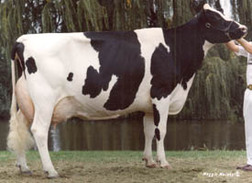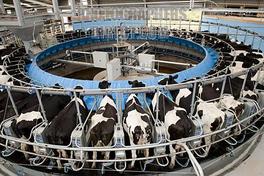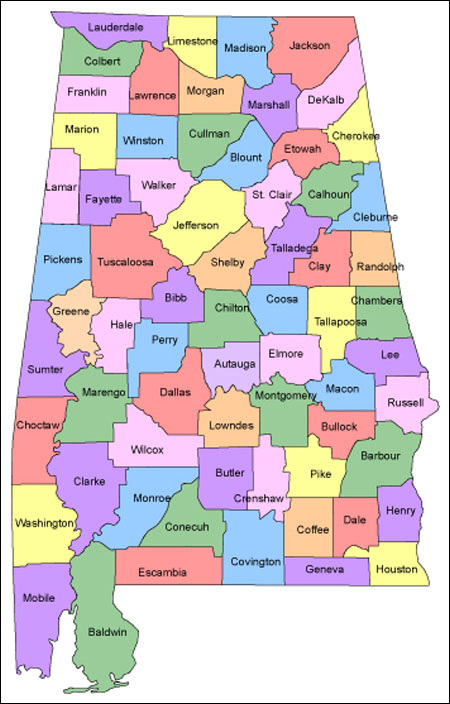There are many myths about agriculture, today we are going to talk about a myth that is commonly heard about factory farming. The myth states “Farm animals are routinely raised on factory farms, confined in crowded, unventilated cages and sheds.” This is a myth. The truth is that the animals in factory farms are kept in barns and similar housing, to protect their health and welfare. Being housed protects these animals from diseases, bad weather, extreme climates, and predators. Housing makes it easier for farmers to care for both healthy and sick animals. It also makes breeding and birth less stressful, and protects young animals. Today’s housing is designed to fit the animals’ specific needs, for example fresh water and a nutritional balanced diet. Housing is designed to allow farmers to provide the best care for their animals. So, next time you see a video talking badly and spreading myths about factory farming, do a little research before you come to a conclusion on what is and is not true.
A Message to the Reader:
Sorry for the short post this week! I have been on vacation and not had much time to research. Next week everything should be back to normal and a full article will be posted. Thanks for reading "The AG Princess" blog!
Follow me on Twitter. Like my Facebook Page. Subscribe to the Newsletter!
The dairy industry is a very important industry in agriculture. Nearly every morning, I wake up and enjoy a glass of milk, as do many other people around the world. Without the nutrients that we get from dairy products our teeth and bones would be very weak. As a member of the 2010 Alabama State winning Dairy Judging team, I learned a lot about the importance of the dairy industry. I also learned exactly how our milk gets from the cow to the kitchen table. Below you can find the process that it takes to get milk to your kitchen table, and a few facts about the dairy industry.
The Process: How does the milk get from cow to the kitchen table?
First, the cows are rounded up to the dairy or milking parlor for milking. There, the cows are led in to be milked. Suction cups are then put on the cows udders to suction out the milk. After milking the cows, the suction cups are removed and the cows’ teats are sprayed with a disinfectant to prevent infection. After all the cows have been milked, the milking parlor/dairy is then washed out and cleaned. The milk is stored in the refrigerated vats until the milk truck arrives to collect it. When the milk truck arrives to pick up the milk it is taken to the factory for processing. While at the factory milk is tested, pasteurized to kill bacteria, and homogenized to prevent the cream from separating and settling on top. After this, the milk is sent through a processing line and bottled. The milk is then sent to supermarkets and other shops. Then, of course, we buy the milk! That is how the milk gets from the dairy farm to our kitchen table!
Udderly Amazing Facts! In a year’s time a dairy cow produces 1,500 gallons or 6,000 quarts of milk. A Jersey cow will give as much as 3 to 4 gallons or around 16 quarts of milk each day.
Dairy cows provide us with milk and milk by-products like cheese, butter, and ice cream. In addition, milk is also used to manufacture glue, paint, and plastics.
Straight from the cow, the temperature of cow’s milk is about 97 degrees Fahrenheit.
One cow can give 200,000 glasses of milk in a lifetime!
It takes approximately 1.4 gallons of milk to make 1 gallon of ice cream.
Cheese was made over 4,000 years ago in Asia.
A cow has one stomach with four compartments. They are: the rumen, where the food is first stored, the reticulum, where food that has been more thoroughly chewed is stored once the cow has chewed the cud and has swallowed it; the omasum, where extra water is squeezed out, and finally the food goes to the abomasum. Some of the digested food is then stored in the cows udder where it is made into milk.
A typical, full grown Holstein cow weighs about 1,400 pounds and produces 60 pounds of milk per day.
One day’s production is 2.6 pounds of butter, 7 gallons of milk, or 6 pounds of cheese.
A dairy cow consumes 35 gallons of water, 20 pounds of grain and concentrated feed and 35 pounds of hay or silage in just one day!
It usually takes about 20 minutes for a cow to be milked. On average a cow is milked 2 to 3 times a day.
Hamburger meat from a single steer will make about 720 quarter pound hamburger patties. That is enough for a family of 4 to enjoy hamburgers each day for nearly 6 months.
State Profile: Capital: Montgomery
Population: 4,802,740
Founded: December 14, 1819 (22nd)
State Bird: Yellowhammer
State Tree: Southern Pine
State Flower: Camellia
Number of Counties: 67
Number of Farms: 48,500
Total Farmland: 9 million acres
Alabama & Agriculture Have you ever wondered how the beautiful state of Alabama ranks agriculturally? Well I have! Above you can find a state profile that lists a few general things about Alabama. Alabama is home to about 4,802,740 people and is ranked the 23rd most populous state. There are over 48,000 farms in Alabama that cover about 9 million acres of land. This averages out to about 186 acres per farm. The farmers in Alabama grow and raise a variety of crops and livestock.
Alabama is a leading state in the poultry industry ranking as the 3rd largest producer of broilers (meat chickens) and the 13th largest producer of eggs in the nation. Twelve major companies operate the broiler farms in the state of Alabama. These companies provide jobs for about 55,000 people, including 4,000 farmers. The poultry industry is a huge industry for the state of Alabama.
Alabama ranks in the top 25 nationally in cattle inventory and 14th in beef cattle inventory. The cattle industry is one of the state’s largest agricultural products in terms of cash income. Alabama averages about 1.5 million head of cattle. Cullman County ranks 1st in Alabama in cattle production.
Alabama is one of the top four states in aquaculture production. Alabama, Mississippi, Arkansas, and Louisiana, produce 95% of the catfish grown in the United States. That is a lot of catfish! You can learn more about catfish from the Auburn Fisheries Department.
Alabama is ranked 11th in the United States in cotton production. Limestone County is the leading county in Alabama for cotton production. The state averages about 28 pounds per acre.
As you can see Alabama is one of the leading states when it comes to agriculture. We have a lot to be proud of in our state agriculturally. I hope you enjoyed this article. Thanks for visiting my blog! Share with a friend!
| |
Every morning you wake up and begin your daily routine, the agriculture industry becomes part of your daily life. It is very interesting to me that no matter what you do the entirety of your day, the industry is always a part of your life. This brings one simple question to mind, where would you be without agriculture? While reading the rest of this post, keep that question in mind.
Many people don’t think about where their products come from when they are in the checkout line at the local supermarket, enjoying their favorite snack, or getting ready in the mornings. The agriculture industry is an amazing industry that we could improve by helping educate others about the responsibilities that agriculturalists have.
Each U.S farmer produces enough food to feed 155 people. It has been estimated that by the year 2050 our population will expand so much that global food production must increase by at least 70% to meet the world’s needs. This is challenging farmers to produce more food in the next 50 years than what has been produced in previous years.
The agriculture industry isn’t just a food providing industry, it also provides us with jobs, stimulates the economy, provides homes for humans as well as animals, and betters our environment. The industry employs 14% of the U.S workforce, or about 21 million people. It also employs more than six times as many workers than the U.S. automotive industry. This makes the agriculture industry a very big and influential industry. Without our cotton farmers, we wouldn’t have money; because 75% of every bill is made of cotton.
Now, back to our question: Where would you be without agriculture? Without agriculture you would be naked, lacking nutrients you need for survival, unprotected, and hungry. You wouldn’t have the clothes on your back, the towels in your bathroom or the sheets on your bed. You wouldn’t be able to enjoy your daily meals or have the protection of a sturdy, well-furnished home. There wouldn’t be vehicles, much less the gas to put in them. Also, you wouldn’t have the soap, shampoo, conditioner, or other toiletries to be clean. To summarize all this, without agriculture you would simply be naked and hungry. Next time you see a farmer, please thank them for all that they do to supply you with necessities for your daily life.
|



